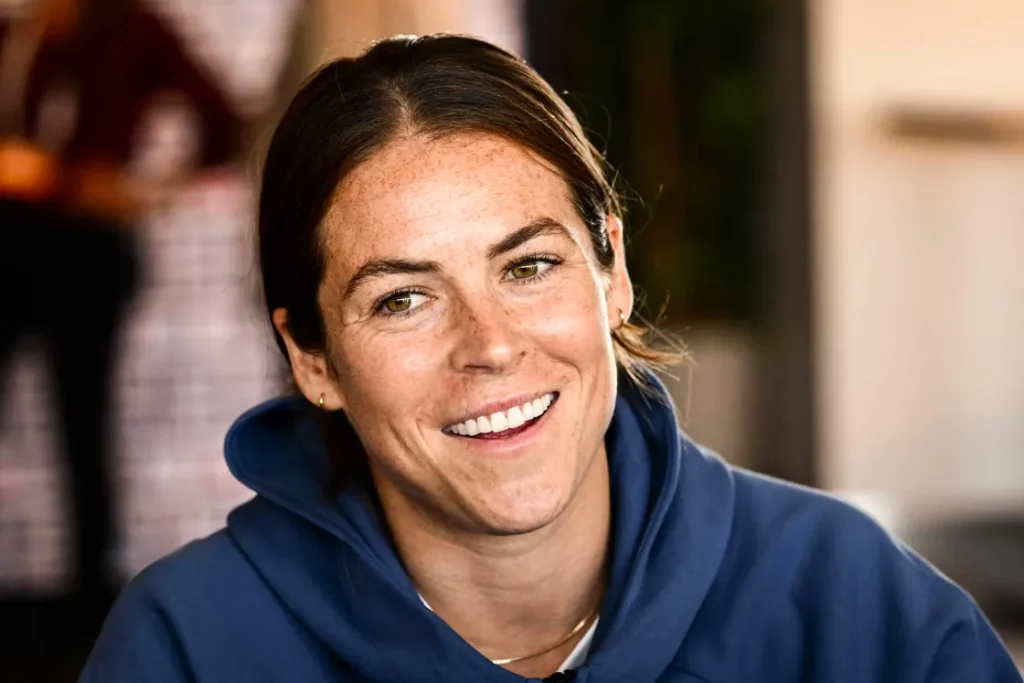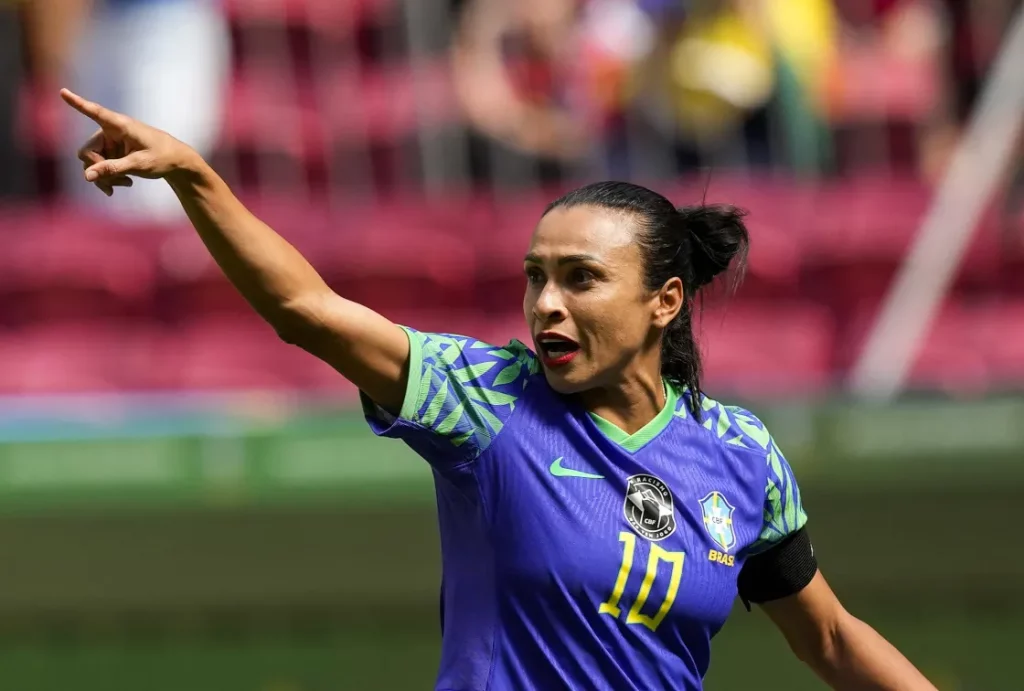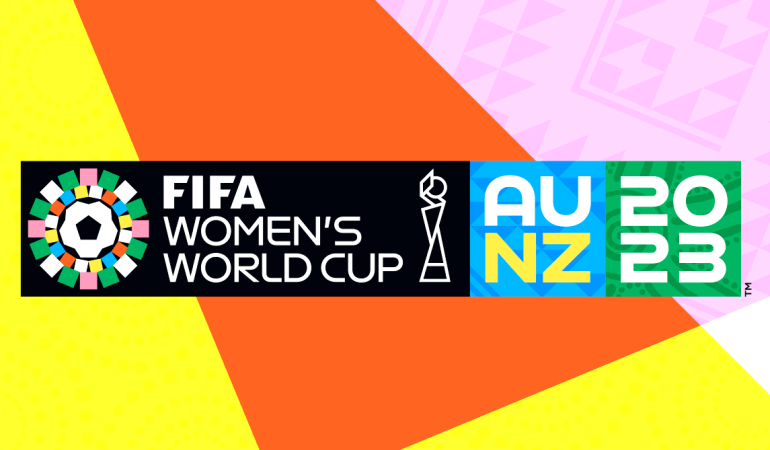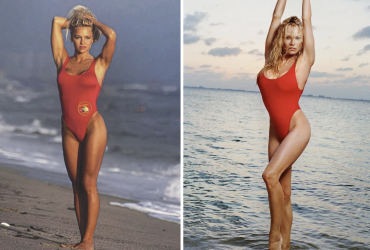The 2023 Women’s World Cup will feature an unprecedented number of 87 openly LGBTQ athletes participating.
The count of openly LGBTQ athletes competing has experienced a remarkable increase, more than doubling since the previous Women’s World Cup in 2019.

The upcoming Women’s World Cup, scheduled to commence later this month in Australia and New Zealand, is poised to be a historic event, boasting a record-breaking number of openly LGBTQ athletes competing on the global stage. According to Outsports, a renowned LGBTQ sports website, the tournament will witness an extraordinary tally of at least 87 out athletes, more than double the count of 38 out players who participated in the previous Women’s World Cup in 2019. This significant increase in representation not only showcases the growing inclusivity in the world of sports but also highlights the progress made in fostering acceptance and diversity within the sporting community.
As the number of teams has grown by a third, from 24 to 32, this surge in the participation of out competitors reflects the overall growth of acceptance within the Women’s World Cup. It signifies a remarkable shift in attitudes and demonstrates the evolving landscape where athletes are increasingly comfortable and empowered to live and compete authentically. The heightened visibility of LGBTQ athletes in this edition of the Women’s World Cup sends a powerful message of inclusivity, paving the way for further representation and inspiring individuals around the globe to embrace their true selves in pursuit of their sporting dreams.
The upward trend in the number of openly LGBTQ players participating in the Women’s World Cup remains on the rise, in stark contrast to the absence of out LGBTQ players in the men’s World Cup held in November last year. Cyd Zeigler, the founder of Outsports and a prominent LGBTQ advocate, attributes this disparity partially to the greater presence of queer women engaging in elite-level soccer compared to their queer male counterparts.
According to Zeigler, the increasing representation of LGBTQ individuals in women’s soccer can be attributed to the larger pool of queer women actively involved in the sport at the elite level. This notable difference in numbers suggests a more robust LGBTQ presence within the women’s game, creating an environment where athletes feel more comfortable and empowered to embrace their identities. The growing visibility of queer women in soccer not only highlights their exceptional talent but also serves as a powerful inspiration for aspiring athletes, fostering an inclusive atmosphere that encourages authenticity and diversity in the world of sports.
In a statement provided to NBC News, Zeigler emphasized that this phenomenon extends beyond soccer, resonating across various sports such as basketball, ice hockey, and many others. He highlighted that the WNBA, for instance, boasts a remarkable representation of over 25% openly LGBTQ women. This higher visibility of out athletes in women’s sports naturally creates an inclusive environment where more women feel empowered to be open about their identities. Outsports, known for promoting courage and inclusivity, believes that the bravery demonstrated by these athletes has a contagious effect, inspiring others to embrace their true selves.
Additionally, the proportion of openly LGBTQ players in the Women’s World Cup surpasses that of the athletes who competed in the most recent summer and winter Olympic Games. According to Outsports, in the 2021 Summer Olympics held in Tokyo, at least 185 out athletes, accounting for approximately 1.6% of the total 11,656 athletes, participated openly. Similarly, in the 2022 Winter Games, at least 36 out athletes competed, making up around 1.3% of the overall 2,871 athletes. These statistics demonstrate that the Women’s World Cup is witnessing a larger representation of openly LGBTQ players compared to the Olympic Games, further illustrating the progress and inclusivity within women’s sports and the broader athletic community as a whole.

An astounding 11.8% of the 736 players participating in this year’s Women’s World Cup proudly identify as lesbian, bisexual, queer, or nonbinary, surpassing the 10% mark.
Remarkably, the rate of growth in LGBTQ representation between each competition has followed a similar trajectory. According to Outsports, the most recent Summer Olympics in 2021 witnessed an impressive surge, with 185 openly LGBTQ athletes participating, more than tripling the count of 56 participants in the 2016 Summer Games held in Rio de Janeiro. Similarly, the most recent Winter Games saw a significant increase, as 36 out athletes competed, more than doubling the previous edition’s count of 15 athletes in the 2018 Winter Games. These figures indicate a consistent and substantial growth in LGBTQ representation across both the Summer and Winter Games, highlighting the evolving inclusivity and acceptance within the global sporting community.

It is important to note that the actual number of LGBTQ athletes in each competition is likely higher, as some players may choose not to publicly disclose their sexual orientation or gender identity due to personal reasons or concerns.
According to Outsports, Brazil currently leads in terms of the highest number of openly LGBTQ players represented in their Women’s World Cup roster, with 9 out of 23 players identifying as LGBTQ. Australia and Ireland closely follow with eight LGBTQ players each, while Sweden boasts a team with seven openly LGBTQ athletes. The United States team includes at least three openly LGBTQ players: Kristie Mewis, Kelley O’Hara, and Megan Rapinoe. Rapinoe, who recently announced her intention to retire at the end of the National Women’s Soccer League season, has been a prominent figure and advocate for LGBTQ rights in the world of women’s soccer.



